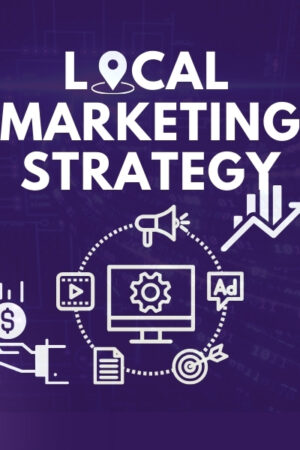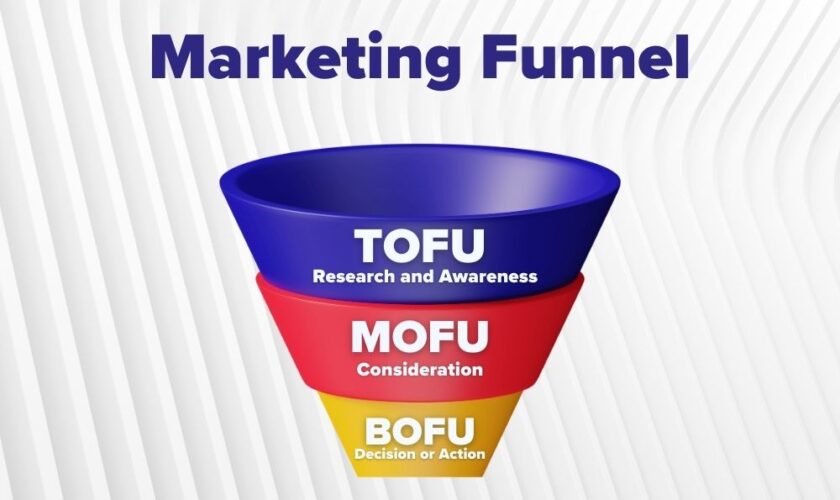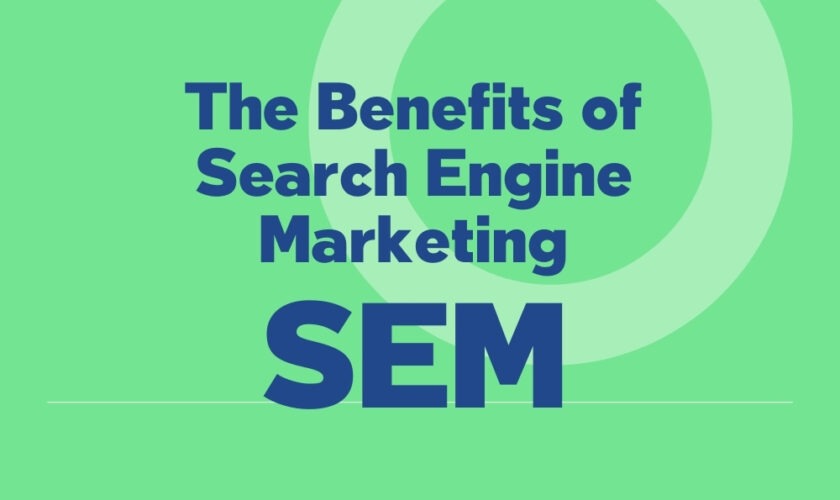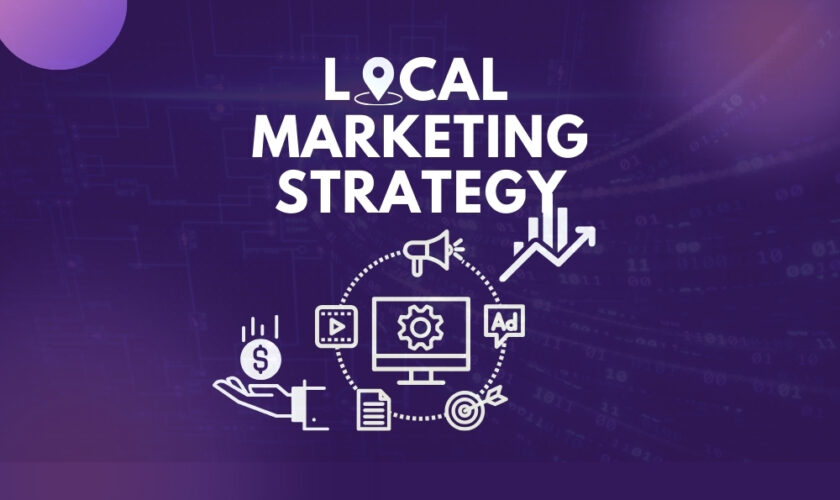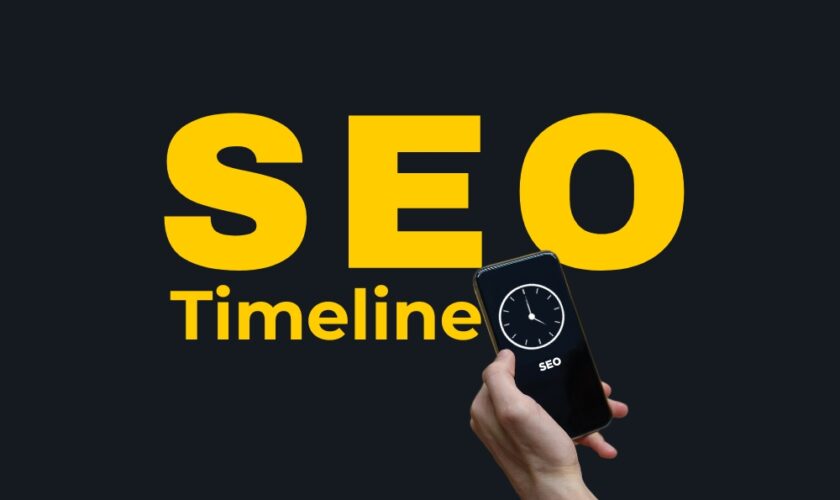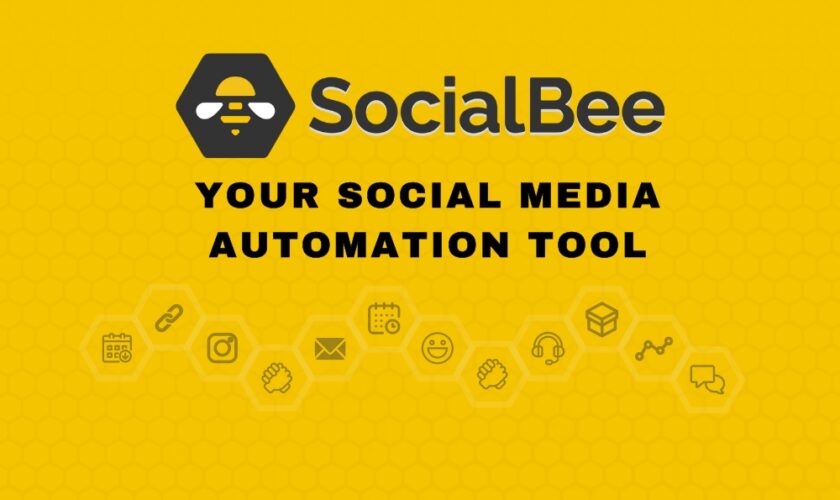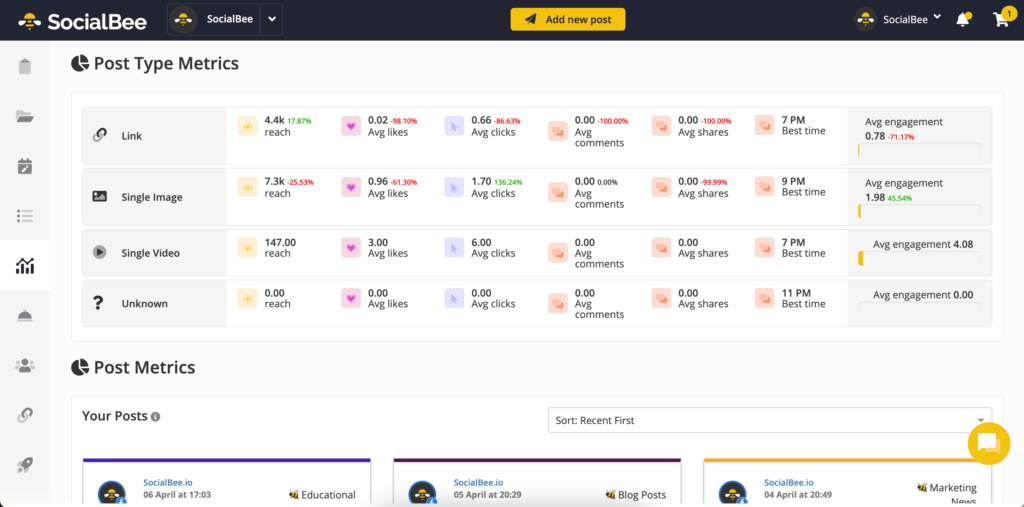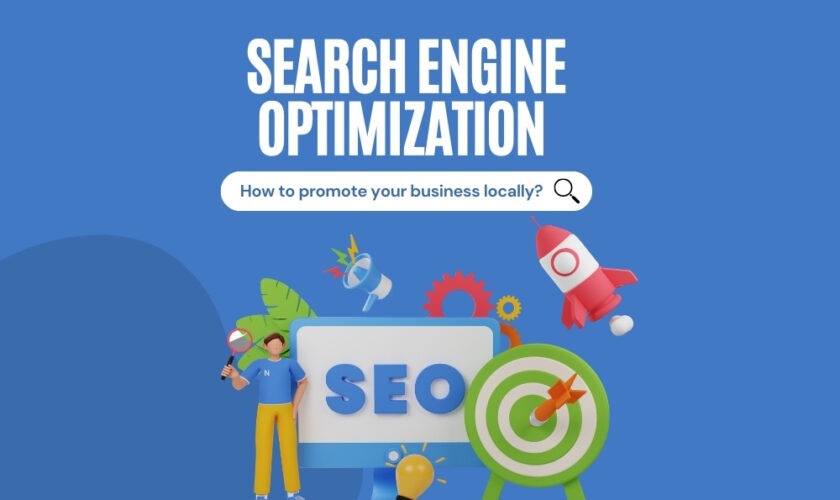As a marketer, it is crucial to have a solid grasp of the concept of marketing funnels. This strategic framework provides a clear outline of the customer journey from the initial stage of awareness to the final stage of conversion. By leveraging the marketing funnel, you can attract, engage, and convert prospects, ultimately achieving your marketing goals. Optimizing marketing funnels is key to guiding your audience through each stage of their journey, from the top of the funnel where prospects become aware of your brand to the middle of the funnel where they consider your products or services, and finally to the bottom of the funnel where they make a purchase decision.
Table of Contents
What are Funnels of Marketing?
Marketing funnel stages, or digital marketing funnels, are a series of sequential steps that potential customers go through during their journey. These stages are strategically designed to capture the attention of potential customers, nurture their interest, and ultimately convert them into paying customers.
The structure of these stages may vary depending on the nature of the business and the industry, however, they usually consist of three principal stages: top of the funnel (TOFU), middle of the funnel (MOFU), and bottom of the funnel (BOFU). It is important to note that the TOFU stage primarily focuses on generating awareness, MOFU is focused on building interest, and BOFU is focused on driving conversion. Effective implementation of marketing funnel stages can significantly improve a business’s overall marketing and sales efficiency.
The Top of the Funnel (TOFU)
The top of the funnel, commonly referred to as TOFU, represents the initial stage of the customer journey. Businesses strive to attract a broad audience and create brand awareness at this stage. Prospective customers may recognize a problem or need, but have yet to be made aware of the available solutions. The primary objective is to capture their attention and introduce them to the brand. To effectively reach prospects at the TOFU stage, businesses can leverage various marketing channels, such as content marketing, social media marketing, search engine optimization (SEO), and paid advertising. By combining these channels, businesses can create a comprehensive marketing strategy that effectively targets prospects at the top of the funnel.
The Middle of the Funnel (MOFU)
The consideration stage, commonly referred to as the middle of the funnel (MOFU), is where potential prospects express their interest in a brand and embark on active research to identify suitable solutions. In order to win the trust of these prospects, it is paramount for businesses to provide them with valuable information. At this stage, companies can utilize diverse content such as case studies, product comparisons, and educational resources to engage and nurture opportunities. Moreover, to effectively guide prospects through the consideration stage, email marketing, webinars, and targeted advertising can be leveraged. By doing so, businesses can capture potential prospects’ interest and increase their chances of converting them into customers.
The Bottom of the Funnel (BOFU)
The final stage of the marketing funnel, commonly known as the Bottom of the Funnel (BOFU), is the conversion stage where prospects are prepared to make a purchase or perform a specific action. One way to encourage prospects towards conversion is by offering personalized deals and product demos, free trials, and testimonials. At this critical stage, providing a seamless and user-friendly experience is crucial, maximizing conversion chances. Moreover, businesses should prioritize building customer loyalty and advocacy, transforming one-time customers into repeat customers and brand advocates.
Optimizing Your Marketing Funnels
Now that we understand the basic structure of marketing funnels, let’s explore some key strategies and tools to optimize each funnel stage and maximize conversions.
Top of the Funnel Optimization
The goal at the top of the funnel is to attract a broad audience and create brand awareness. To optimize marketing efforts, businesses must understand and tailor to their target audience. Conducting market research, analyzing customer demographics, and creating buyer personas can provide valuable insights into the preferences and needs of your target audience.
Businesses should prioritize content marketing strategies and SEO best practices to engage prospects effectively at the TOFU stage. Crafting high-quality, informative content that resonates with your target audience’s pain points and interests can position your brand as an authoritative source and drive organic traffic. Moreover, harnessing the power of social media platforms and investing in paid advertising can broaden your reach and enhance brand visibility.
Middle of the Funnel Optimization
During the MOFU stage, the emphasis is on nurturing prospects and steering them toward making a purchase. For optimal engagement in this phase, businesses should offer valuable content tailored to the prospects’ specific needs and questions. Providing case studies, product comparisons, and how-to guides can empower prospects to assess their options and progress toward the conversion point.
Email marketing serves as a potent instrument for MOFU optimization. Segmenting your email list to reflect prospects’ behavior and preferences allows for delivering personalized and impactful content. Additionally, hosting webinars and live events can actively engage prospects, offering them comprehensive insights into your offerings.
Bottom of the Funnel Optimization
At the BOFU stage, the goal is to transform prospects into paying customers. Businesses can optimize this critical stage by refining the conversion process to be more fluid. Key steps include streamlining the checkout process, presenting clear calls to action, and offering transparent pricing information. Incorporating testimonials, customer reviews, and social proof can further instill trust and address any lingering hesitations prospects may have.
Companies must deliver outstanding customer service and consistent post-purchase support to promote repeat business and enhance customer loyalty. Introducing loyalty programs and tailored recommendations can play a significant role in developing enduring customer relationships.
Measuring the Success of Your Marketing Funnels
Tracking marketing funnel metrics is essential to pinpoint improvement opportunities and inform strategic decisions. Monitoring key performance indicators at each funnel stage will provide a clear picture of your marketing effectiveness.
- Top of the Funnel: Page views, impressions, click-through rate (CTR), and engagement metrics such as social media shares and comments.
- Middle of the Funnel: Time on page, bounce rate, new-to-brand percentage, and branded search index.
- Bottom of the Funnel: Conversion rate, return on ad spend (ROAS), and average order value.
Employing analytics platforms like Google Analytics offers invaluable insights into your marketing funnels’ performance. Through meticulous data analysis, you can uncover bottlenecks, refine lagging areas, and judiciously distribute resources to enhance overall effectiveness.
Tools to Increase Conversion Rates Throughout the Funnel
To increase conversion rates throughout your marketing funnel, consider leveraging the following tools:
- Funnel Analysis: Utilize funnel analysis tools to identify drop-off points and optimize your funnel accordingly. By understanding user behavior and identifying areas for improvement, you can streamline the customer journey and improve conversions.
- Heatmaps: Heatmap tools visually represent user interactions on your website, highlighting high and low engagement areas. This data can help you optimize the layout and design of your pages to increase conversions.
- Session Recordings: Session recording tools allow you to watch recordings of user sessions, providing insights into how users navigate your website. By observing user behavior, you can identify pain points and optimize your funnel accordingly.
- Surveys: Conducting surveys and collecting user feedback can provide valuable insights into their preferences, needs, and pain points. This data can help you tailor your marketing efforts and optimize your funnel to meet customer expectations better.
By integrating a data-driven approach with these tools, businesses can gain a deeper insight into their target audience and refine their marketing funnels to achieve maximum conversion rates.
In Conclusion
Optimizing your marketing funnels is crucial for enhancing conversion rates and realizing your marketing objectives. Businesses can adeptly navigate their audience through the buying process by comprehending the customer journey’s stages and deploying strategies to attract, engage, and convert prospects. Employing tools and metrics to gauge the efficacy of your marketing funnels and making data-driven decisions are critical steps in perpetually refining and advancing your marketing tactics. Bear in mind that each marketing funnel is distinctive and ought to be customized to the needs of your specific audience and business aspirations.





